How to actually protect your skin in the sun this Summer
by Mal – Sunday, 27. May 2018
Summer is here! There’s nothing like spending time at the lake, especially when it’s well-deserved after a Velocity class. Packing in advance is key and here we’d like to give some tip on sunscreen best practices and what we can do to minimize the risk of skin cancer. Most people think if they put on sunscreen and go outside, they’re good to go. And it’s true that sunscreen should be an important part of anyone’s daily routine. But sunscreen shouldn’t be your only line of defense.
Please take note! We at Velocity are not doctors. But we have done a fair amount of research to ensure you have the latest information from reputable sources.
With that, here are some tips on how to enjoy the great Swiss outdoors with minimizing damage to your epidermis:
- Your nutrition, sleep, exercise and stress levels play a huge role in most diseases. Stress and lack of sleep suppresses your immune system and then it can’t fend off environmental stressors, including UV radiation.
- Eating foods that are rich in antioxidants and polyphenols is important. Eat colorful fruits and veggies, and keep processed foods to a minimum. Getting healthy fats in the form of omega-3 fatty acids from nuts, seeds and fish (if you’re a meat eater) is also important.
- Beauty sleep is real. The melatonin we generate sleeping can have significant impacts. You can take melatonin but the best way to generate it is to get shut eye on a consistent basis.
- Exercise is a great way to reduce stress and build a stronger immune system but do it in a way that feels good for you. Both cycling and pilates / barre are great exercises because they really tone and tighten without overtaxing joints.
- You also need to protect your eyes with sunglasses because of ocular melanoma. We’d also recommend a broad brim hat with at least a three-inch brim.
- The Skin Cancer Foundation ranks clothing as your number one line of defense. A cotton shirt only offers the equivalent of an SPF 5 or 10 but there is other clothing that offers higher protection. Use this as an excuse to go on a shopping spree for some accessories like a sun hat, sunglasses, and sun-protective clothing.
- Sunscreen can only do so much to protect you, and even then, most people are using only 25 to 50% of the amount they should be using. When you’re headed somewhere outside, an average-size adult needs an ounce of sunscreen for their body and an additional spoonful for their face. To give you an example, this means that when a family of four goes to the pool or lake, that average-size bottle of sunscreen they’re using should be gone after one application. You want to be sure you get the tops of your ears, the tops of your feet, the back of your neck, and for men, the top of the head if you have a bald spot.
- On top of that, most people aren’t reapplying their sunscreen. You need to reapply your sunscreen every two hours because ingredients start to break down, and we end up wiping some of the sunscreen off when we swim or sweat. This is especially important if you’re wearing a tinted moisturizer or makeup with sunscreen… most of us aren’t reapplying.
- Your sunscreen needs to say “broad spectrum” on the label. Nowadays, this is commonplace and means it covers UVA and UVB rays, which are the rays that get through most commonly. The American Academy of Dermatology recommends using an SPF of 30 or above and there are a host of reasons for that. Even better is to use the physical blockers like zinc oxide and titanium dioxide because they offer great protection from the sun. Many of us have sensitive skin and those two ingredients are the least irritating on our skin. The physical blockers can be used on kids as well as adults.
- Spray bottle or lotion bottle? The bottom line is the best sunscreen is the one you are going to use. So find what works for you, and get in the habit of using it. But know that, on the effectiveness scale, creams and lotions are better than spray because when people spray on their sunscreen a lot of it gets into the air and then you still have to rub it in for it to be effective. So spray can be convenient to use on a wiggly kid or for hard to reach places like your back, but we otherwise recommend using lotions.
- Even when wearing a waterproof sunscreen, we would play it safe and re-apply it after a swim. Water-resistant sunscreen means it’s effective for up to 80 minutes, but if you are swimming and toweling off, a lot of sunscreen may come off, so it’s better to re-apply it after swimming or physical activity.
- Kids are smaller, so they won’t need a full ounce of sunscreen to protect their skin. Just get their full body covered from head to toe. As for the type of sunscreen they need, with most sunscreens, saying it’s kid sunscreen is just a marketing ploy. So that being said, using the physical sunscreens with zinc-based products are the best on kids because they are the least irritating and the best tolerated. And you can both use it, so then the family just needs one product. That said, keep newborns out of the sun. Sunscreens should be used on babies only over the age of six months.
- The myth is that individuals with dark skin don’t need sunscreen, but the truth is everyone is susceptible. Darker skin types don’t get as sunburned but still need to protect their skin because the sun still penetrates the skin, causing damage and affecting DNA.
- Many people have heard that using sunscreen causes skin cancer. They don’t need to worry. Most research has shown that sunscreen minimizes the risk of melanoma and that the risk-benefit ratio is so much in favor of the benefit that sunscreen has an important place in protecting you from sun.
- Lastly, examine your skin head-to-toe every month and see your doctor every year for a professional skin exam.
The sun is vital. We need it to thrive and elevate our mood. It’s just a matter of being prepared. When you start with a strong foundation of health, everything can be enjoyed. So set yourself up for success before you head outdoors. Make exercise part of your routine. Get good quality sleep. Eat a whole food, nutrient-dense diet. Take time out for yourself to get stress to a place that’s more manageable. Then, when you head outdoors armed with hats, sunscreen, and clothing, you can fully enjoy it.
References:
https://www.skincancer.org/prevention
http://www.americanskin.org/resource/safety.php
https://www.cdc.gov/cancer/skin/basic_info/prevention.htm
https://www.aad.org/public/spot-skin-cancer/learn-about-skin-cancer/prevent

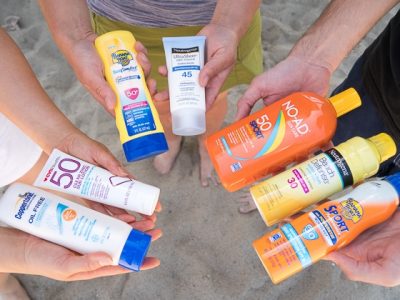
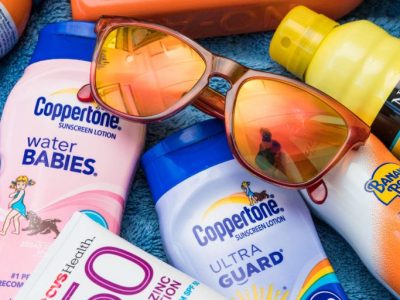

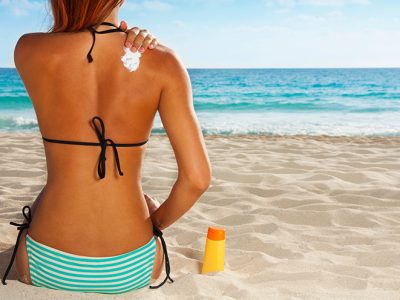
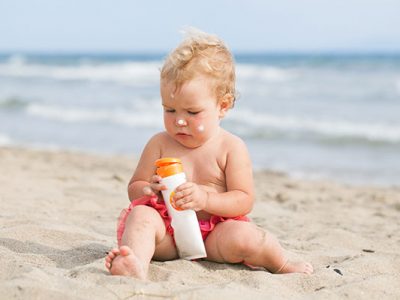

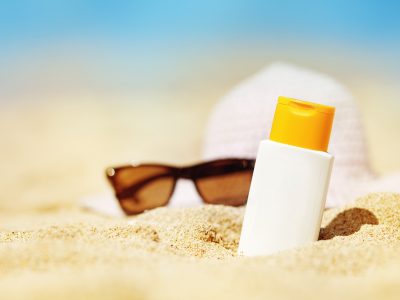


Protein and Strength: How to Maximize Your Gains
/in Health, Lifestyle, Living in Zug, Living in Zurich, Power/by CaseyGet to Know Your New Velobeat Coach
/in Health, Lifestyle, Living in Zug, Living in Zurich, Power/by CaseyVeloloco Partners 2025
/in Lifestyle/by Casey